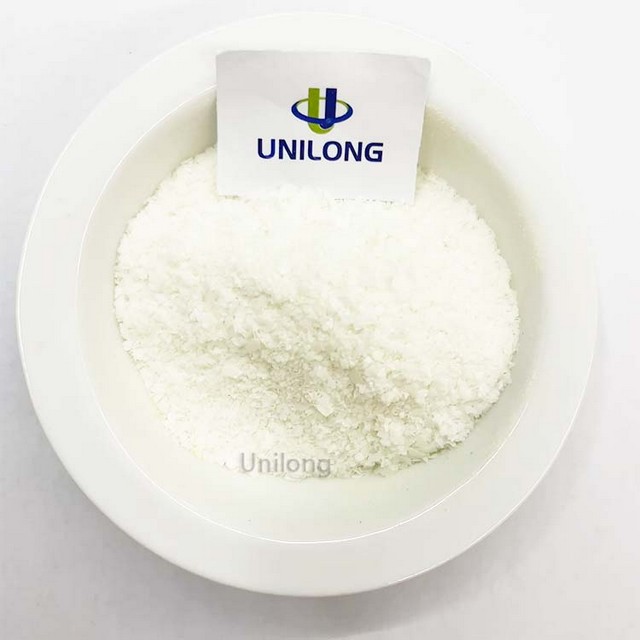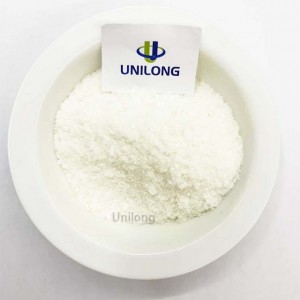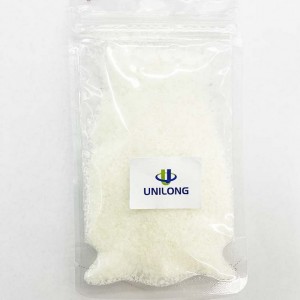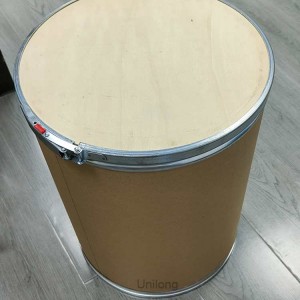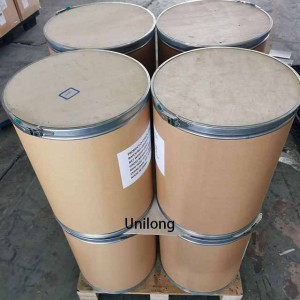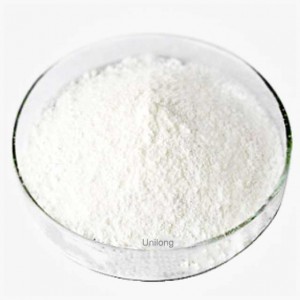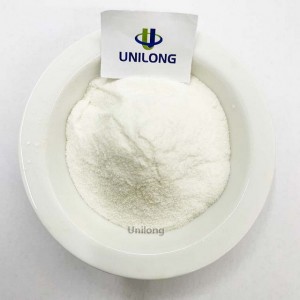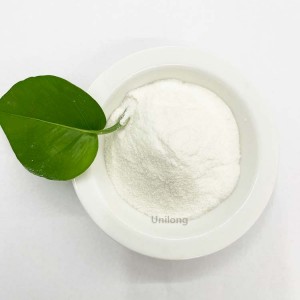1,3-DIISOPROPENYLBENZENE CAS 3748-13-8
1,3-bis(1-methylvinyl)benzene is an organic intermediate that can be used to prepare supramolecular polymers and cross-linked modified polyvinyl chloride specialty resins.
| Item | Standard |
| Appearance | White to lightyellow flaky solid |
| Solid content,% | ≥98 |
| Melting point,℃ | 50~60 |
| Acid value,mg/g | ≤6.0 |
| Amine value,mg/g | 155~165 |
1. Supramolecular polymers refer to polymers self-assembled by small molecular monomers or low molecular polymers through non-covalent bond interactions. Factors such as pH, temperature and light can cause the dissociation and reorganization of the non-covalent bonds of supramolecular polymers, which are reversible. Therefore, supramolecular polymers are smart materials that can be used as self-healing and self-healing. One of the research hotspots at home and abroad in recent years. Supramolecular polymers have a wide range of applications, such as modified smart materials, electronic devices and biological materials. In recent years, its applied research in biological and biomedical fields has developed rapidly, including cell-related applications, tissue engineering, etc.
1,3-bis(1-methylvinyl)benzene can be used to prepare a supramolecular polymer as follows:
Place 10g lipoic acid powder in a reactor equipped with a stirring device, heat the oil bath until the lipoic acid powder melts, and start stirring. Then add 6g (60wt%) 1,3-bis(1-methylvinyl)benzene (DIB) into the reactor, and continue heating and stirring for 5 minutes. Then add 0.1g of ferric chloride acetone solution into the reactor, continue heating and stirring for 3 minutes, stop heating, and cool to room temperature to obtain supramolecular polymer-1.
2.1,3-Di(1-methylvinyl)benzene can be used to prepare a cross-linking modification method of polyvinyl chloride special resin. The strength of the PVC polymer material in this method mainly depends on the chemical bonding force and molecules on the main chain. The role of secondary valence bonds between 15 kinds of cross-linking agents are used to prepare new PVC special resins. These cross-linking agents contain specific functional groups, such as conjugated double bonds, phenyl groups, and heterocyclic groups. The introduction of these groups It can increase the steric hindrance of the polymer molecular chain. At the same time, the introduced ionic groups, polar groups or hydrogen bonds formed can improve the strength of the PVC polymer material. By using a cross-linking agent with a specific structure, the present invention introduces a specific cross-linking structure into the PVC macromolecular chain, changing it from a linear structure to a local network structure. This structural change can significantly improve The heat resistance of PVC can reduce the thermal shrinkage and improve its comprehensive performance, thereby further expanding the application scenarios of PVC. Through cross-linking modification, the polyvinyl chloride molecular chain can be appropriately partially cross-linked, so that the polymer has the comprehensive properties of polyvinyl chloride and modified components. These cross-linking agents can not only be used in high-polymerization PVC resins and matte It is used in PVC resin. At the same time, it also has potential applications in the cross-linking modification of other PVC special resins, such as PVC paste resin, chlorine-vinegar resin, low/ultra-low polymerization degree PVC, polyvinylidene chloride, CPVC, etc.
Solid: 25kg, 20kg, 10kg, 5kg fibre drum, PP bag, craft paper bag,1kg, 500g, 200g, 100g, 50g, 20g Aluminum foil bag. Carton: plastic wrapped carton. (The package can be made as the customer's requirement.)
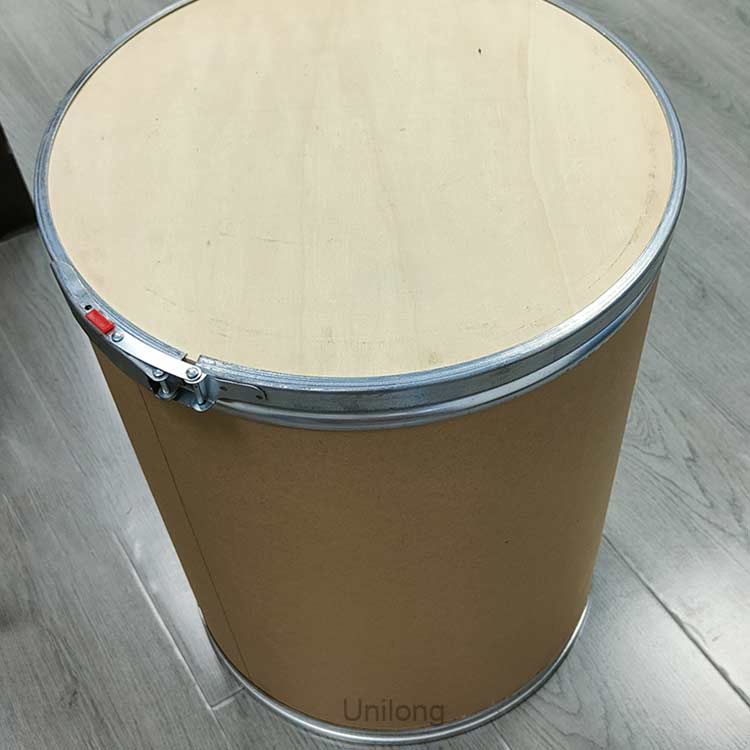
1,3-DIISOPROPENYLBENZENE CAS 3748-13-8
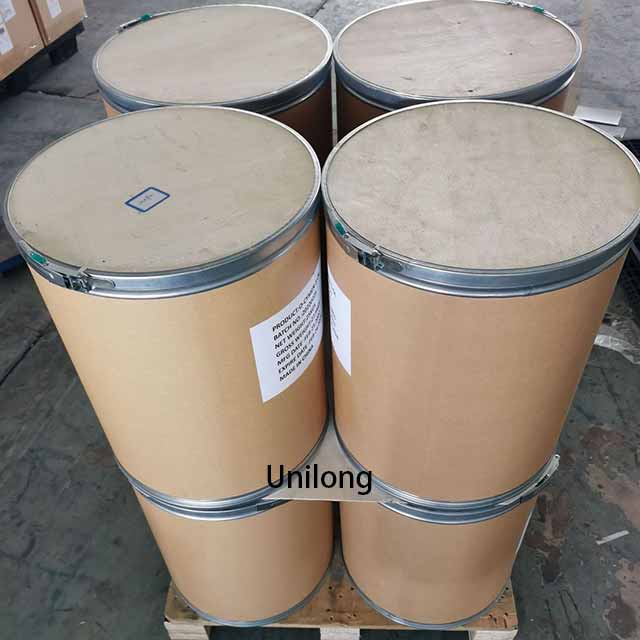
1,3-DIISOPROPENYLBENZENE CAS 3748-13-8


